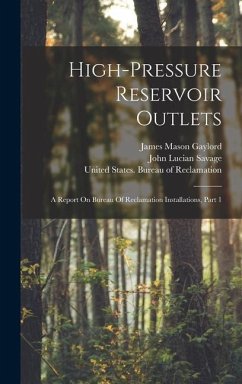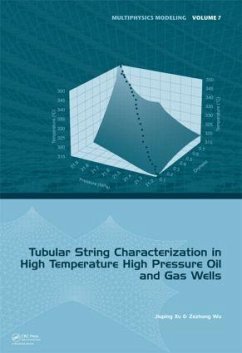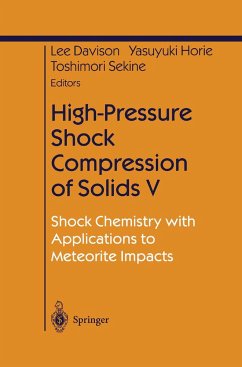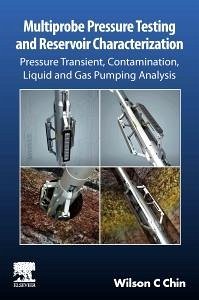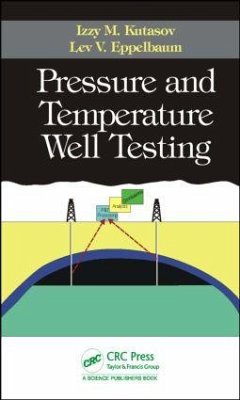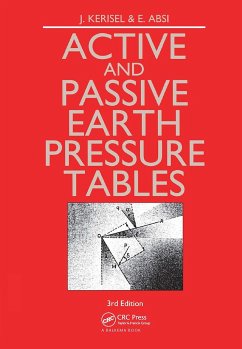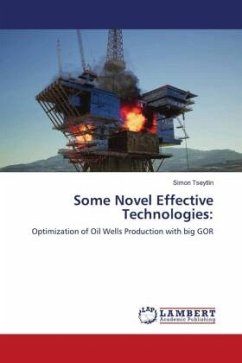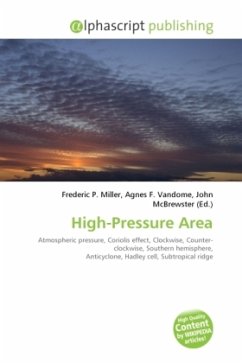
High-Pressure Area
Versandkostenfrei!
Versandfertig in 6-10 Tagen
26,99 €
inkl. MwSt.

PAYBACK Punkte
13 °P sammeln!
High Quality Content by WIKIPEDIA articles! A high-pressure area is a region where the atmospheric pressure at the surface of the planet is greater than its surrounding environment. Winds within high-pressure areas flow outward due to the higher density air near their center and friction with land. Due to the Coriolis effect, winds flow clockwise around high-pressure systems in the northern hemisphere and counter-clockwise in the southern hemisphere. Regions of high-pressure are alternatively referred to as anticyclones. High-pressure areas are generally ciated with cooler, drier air as well a...
High Quality Content by WIKIPEDIA articles! A high-pressure area is a region where the atmospheric pressure at the surface of the planet is greater than its surrounding environment. Winds within high-pressure areas flow outward due to the higher density air near their center and friction with land. Due to the Coriolis effect, winds flow clockwise around high-pressure systems in the northern hemisphere and counter-clockwise in the southern hemisphere. Regions of high-pressure are alternatively referred to as anticyclones. High-pressure areas are generally ciated with cooler, drier air as well as clearing skies due to their formation within areas of atmospheric subsidence, or areas of large scale air descent. The strongest high-pressure areas are associated with arctic air masses during the winter, which modify and weaken once they move over relatively warmer water bodies. The area of high pressure associated with the descending branch of the Hadley cell, known as the subtropical ridge, steer tropical waves and tropical cyclones across the ocean and is strongest during the summer. The subtropical ridge also helps form most the world's deserts.



